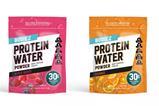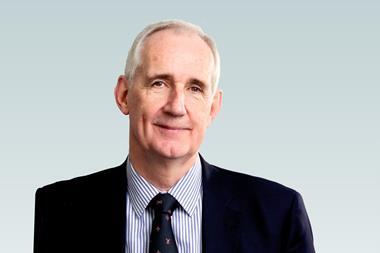Yesterday’s 4% jump in the headline rate of inflation – driven by a 12.9% increase in tobacco and alcohol prices – took economists by surprise.
But it won’t have come as a shock to the booze industry, which had long since warned suppliers would have no choice but to increase prices after changes to alcohol duty hit in August.
The changes made in the summer were designed, according to the government, to simplify Britain’s duty system, but – as with any policy shift – it created winners and losers.
Chiefly among the latter were spirits producers, which had to absorb an eye-wateringly high 10.1% increase to their already high rates. For still winemakers, 90% saw rates increase by at least 9%, according to the Wine & Spirit Trade Association.
And those rate increases are now being reflected on supermarket shelves. Analysis of Assosia data on spirits sold in the big four big supermarkets and Waitrose shows pre-promotional prices rose by 1.33% between August’s rate rise and 4 December. For wines, the figure was 2.08%.
How higher alcohol prices are squeezing shoppers
The general response from the industry to yesterday’s news that alcohol prices are helping prop up persistently high inflation was: “We told you so.”
“We told the government its plans for the duty system would push up inflation,” WSTA CEO Miles Beale said yesterday, while the Scotch Whisky Association’s director of strategy and communications Graeme Littlejohn said the figures were “the consequences of a record increase in alcohol duty last August”.
Things could have been worse still had the chancellor not elected to freeze alcohol duty in the autumn statement, rather than hit producers with a second rise in the space of six months. That would have likely pushed prices further from February.
But that doesn’t mean shoppers aren’t going to keep feeling the squeeze over the coming months. As festive drinks promotions – like Aldi’s eye-catching côtes du rhône discount – fall away into the new year (Assosia data shows a 36% drop-off in promotions across BWS between 25 December and 4 January), the true impact of underlying price increases will start to become clear.
Why alcohol price rises may slow down soon
Still, there are at least some reasons to feel optimistic about booze prices moderating in the future. August’s 10.1% inflation-linked rise in the headline rate is unlikely to be repeated next time out. And the price increases that are linked to structural changes in the way alcoholic products are taxed are likely to be one-off hits (although expect another jump in still wines next January, when the transitional rate applied to products between 11.5% and 14.5% abv ends) rather than the cause of ongoing booze inflation.
Longer term, winemakers and distillers are likely to follow the lead of brewers and reformulate to bring down their duty bill. The arrival of lower-strength “spirit drinks” like Smirnoff Spicy Tamarind, and mid-strength options in wine from brands such as Nice, are evidence this is already taking place.
But for consumers of high-end products like scotch – where abv reduction or ‘drinkflation’ beyond a certain point is either not possible or not desired – higher prices look to be here to stay.

























No comments yet